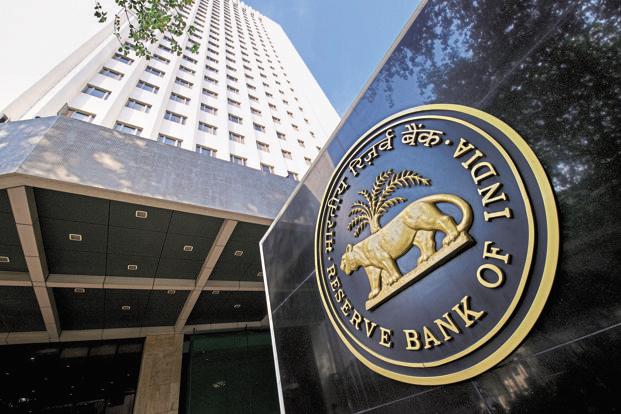Can you guess which is the largest bank in India? It is actually the State bank of India (SBI), which is also incidentally the oldest bank in India. The SBI has some 13,361 branches across the country. Banking is one of the most important sectors of the Indian economy. Let us educate ourselves about banking and e-banking.
Suggested Videos
Banking
A bank can be defined as an institution that accepts deposits from the public and gives out loans. However, this is also a broad sense of the many services the banking industry provides. In would not be incorrect to say that business and trade would come to a near standstill without banking services.
A bank helps in running the economy by promoting various economic activities. It collects the savings of people and mobilizes them by turning them into capital for businesses and companies. Money lying idle is not good for the economy and the banks help generate wealth from savings.
Types of Banks
There are broadly four types of banks that function in India. They are as below,
- Commercial Banks: The main functions of these banks is to accept deposits from people and make loans to those that require finance. Private commercial banks focus on financial objectives and returns. Government-owned Public sector banks tend to fulfil their social objectives before their financial objectives. Example: SBI, ICICI, HDFC, PNB etc
- Cooperative Banks: These bank’s main function is to provide cheap credit to those who do not have access to funds. They are governed by the State Cooperatives Societies Act. These banks are the main source for rural credit given to farmers and peasants.
- Specialized Bank: These are set up to meet some unique needs of an industry or a sector. They provide financial services to such industries. Some such specialized banks are import-export banks, development banks (IDBI), agricultural banks (NABARD) etc
- Central Bank: This is the apex bank in the country, the Reserve Bank of India (RBI). Its primary function is to control and supervise all the other banks in the country. It also makes and implements monetary policy of a country. The RBI is also the government’s banker.

(Source: livemint)
Functions of Banking
1] Accepting Deposits
A bank is both the borrower and the lender in our economy. So from time to time it will borrow money from its customers and pay them an interest in return. This acceptance of deposit can be through any time of account, like
- Current Account: This type of account is used for the daily banking operations of a business. There is no limit to the amount or number of withdrawals.
- Savings Account: This is to inculcate the habit of savings in the public. Such an account will earn a nominal rate of interest. There are some limitations as to the number and the amount of the withdrawals
- Time Deposits: Also known as Fixed Deposits. Here the rate of interest is much higher but withdrawals may invite a penalty.
2] Lending Activities
The second most important function of the bank is to lend money. The money banks borrow from customers, it lends to other entities. This can be done in one of the various ways – term loans, overdraft, cash credits, discounting of bills etc.
By doing so, the bank will help generate capital in the economy and further financial activities. For the overall economic situation of a country, capital formation is an essential requirement, that banking industry helps to achieve.
3] Cheque Facilities
A cheque is the most used and developed credit instrument in our economy. The banks provide the very important services of collecting our cheques and drawing them on other banks. This is how funds get transferred to the payee account.
4] Allied Services
The bank also provides a plethora of other services, both banking and general utility services. Some examples are bill payments, underwriting bills, locker facilities, selling and buying of shares, insurance premium payments, and even taxation services in some cases.
e-Banking
Over the last few decades technology has changed everything around us including banking. It has made possible internet banking. Here the customer can do all his banking activities on the internet without physically going to a bank or any human interaction.
All of the bank’s data and the information is stored on servers. So there are services that the bank provides to the customer online and in real time. Customers can see their account statements, transfer funds, apply for loans, pay their bills all online. Hence the phenomenon of e-banking has caught on in the last few years. Almost all banks provide it now.
Solved Question for You
Q: What are the advantages of e-Banking?
Ans: Some of the advantages of e-Banking are as follows
- 24×7 banking is possible.
- The convenience of the customers, who can do most of their daily banking activities from the comfort of their homes
- Provides competitive advantage to the banks
- Banking is not limited to the branches of the bank, so banks need not invest too much capital in multiple locations






which author according to this website explain the nature of services and types of services?
A great guide for business services. Thanks for sharing.